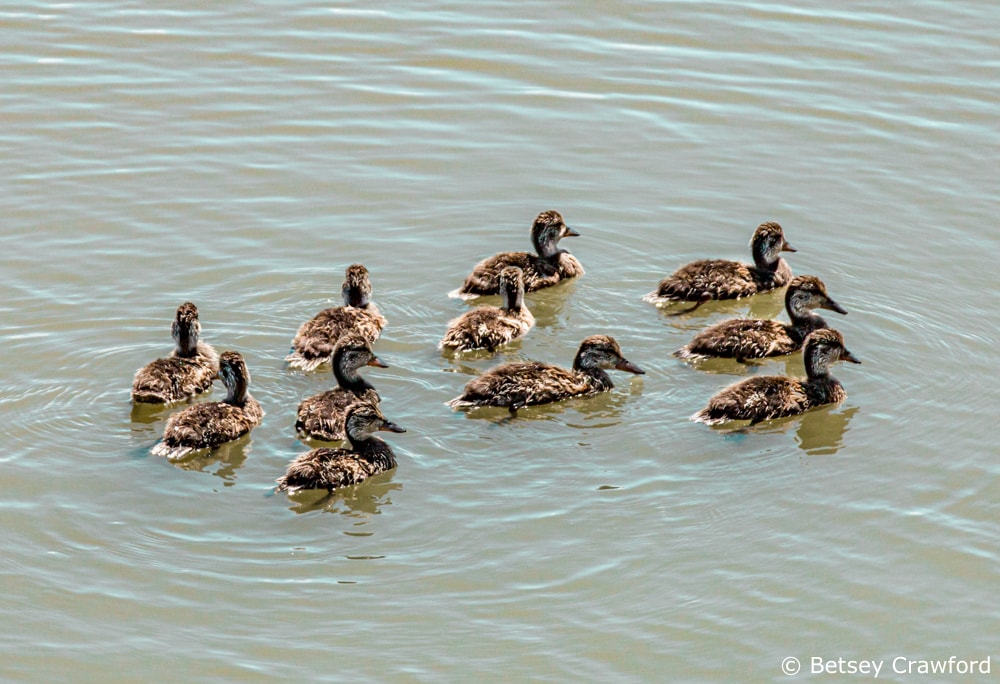
That spring began with a small avalanche of ducklings. Nearby in Marin is the Corte Madera Marsh, a remnant of a vast area of marsh, estuary, and mudflats that once formed the margins of San Francisco and San Pablo Bays. For the most part, these wetlands now hold houses, Route 101, schools, hospitals, office buildings, and shopping centers. But over 1,000 acres have been preserved along the eastern edge of the city of Corte Madera.
An old railroad bed maintained as a dike to prevent flooding creates a lagoon that is a haven for shorebirds. The dike has a wide gravel trail on top, so you walk right into the heart of their world. Ducks and geese are regulars, as are egrets, especially in the fall, when pelicans also show up. Black-necked stilts wade the edges on their long, jagged legs. An oystercatcher flies by occasionally.
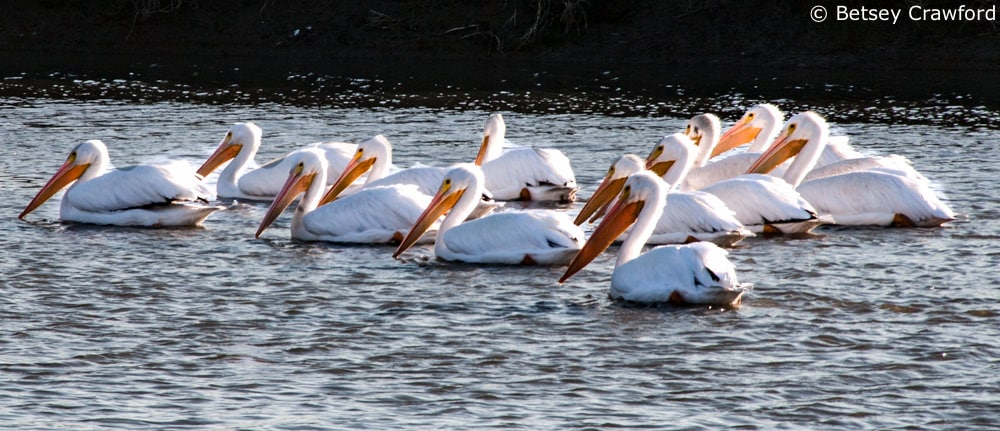
There are great blue herons, though I’m more likely to see one taking off than standing in the marsh. Endangered rails breed here. Hawks hover and dive. Dark sparrows flit along the edges of the paths. Red-wing blackbirds announce spring from the tops of reeds.
The first family of ducks showed up before Easter and was quickly followed by another and another. There were at least ten broods as the season progressed. The sheer adorableness of this cascade of ducklings was so addicting that I began to walk along the lagoon almost every day.
As the earlier-born grew to adolescence, a new, tiny bunch would be zipping across the water like bugs, coming to a screeching halt, turning around, and zipping back to their mother. When not moving at top speed, they were constantly flipping themselves over. Practice, I assumed, for their later bottoms-up feeding.
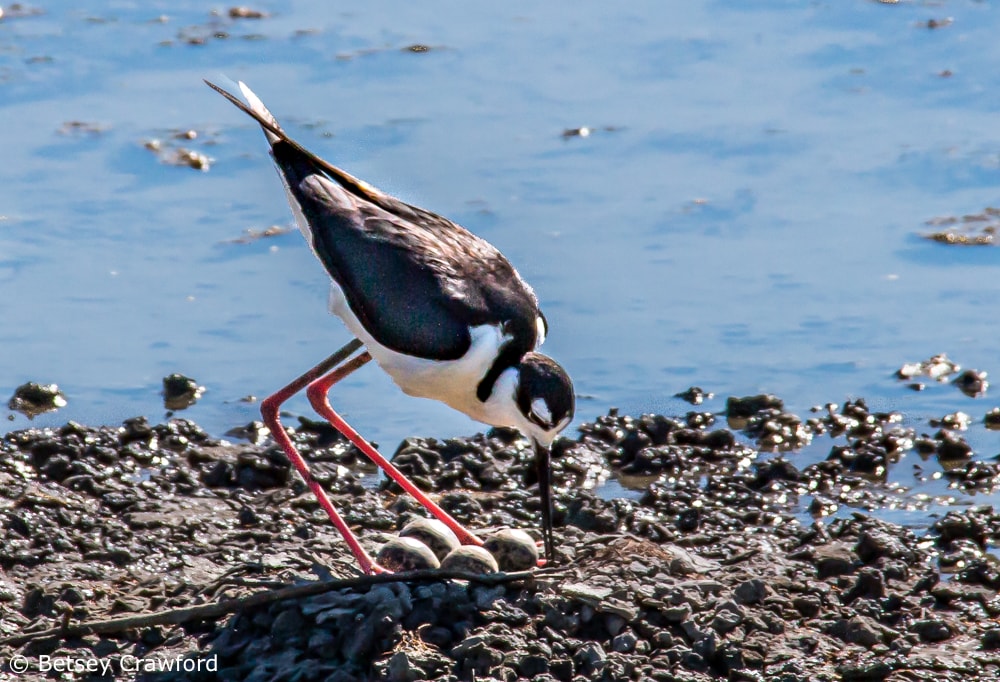
They preferred the narrow canal that leads off the lagoon, so they were close at hand. There was one goose family, but it stayed in the larger pond, and could only be seen clearly with binoculars. Later in the season, black-necked stilts suddenly began squawking and dive-bombing me as I passed. So I knew that they, too, had babies to protect.
Sure enough, tiny balls of feathers on minute sticks of legs were investigating the edges of small pools, tucked away from the other bird families. Stilt parents are far fiercer than ducks, but they have a harder, chancier job. They have fewer babies at once, and their eggs, laid on the gravel on the edge of the water, are precarious. The only two stilt families I saw close at hand had one and two chicks.
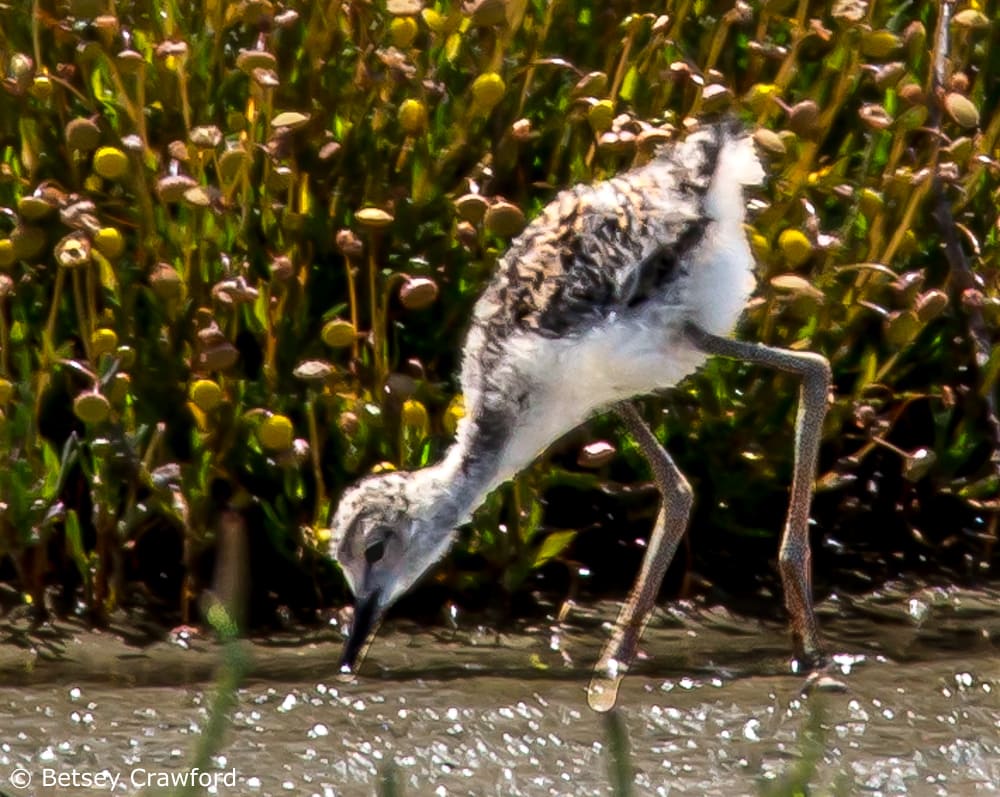
Without a population of predators like fox or snapping turtles, the duck families prospered. They lost some babies to hawks, one family getting down to five from a start of twelve. Their mother seemed to have disappeared, and I worried about them until they grew up. All families lost some little ones, except for one, which had a goose attached.
From the time they were bits of fluff until they were fully grown, I never saw them without their goose. She clearly saw herself as a guardian. It was she who hung back for the wayward duckling — and there is always a wayward duckling — when the others moved on with their mother. She even shepherded a duckling from another family, who, lost and madly chirping, realized it had been left behind. The goose made sure all was well before rejoining her brood.

I was fascinated by this menage, which seemed to be a great success. If I had any doubt about the efficacy of having a goose as part of a duck family, it disappeared one evening when the whole feather armada was softly gliding by me. Mother ducks have a quiet flow of chirps and clucks when they want to warn their family. The goose, however, when spooked by someone walking on the other side of the canal, honked like mad. All thirteen ducklings instantly scooted ahead, seeming to skim right across the top of the water, each leaving a wake.
Ducklings grow up satisfyingly slowly, by bird standards. But by the beginning of July, they were all grown up. I was somewhat consoled by the stilt babies, though they, in contrast, grew much faster. As I was mourning my loss, black-crowned night herons suddenly showed up, standing stock still at the end of the canal, silent and brooding, apparently unafraid of humans.
They breed in a small pond across the highway, so perhaps these were the young beginning their exploration of the world. Several egrets seemed to settle in for the summer, picking their way in slow motion along the shore, stopping, making a lightning jab into the water, and coming up with a small fish held in their beak.
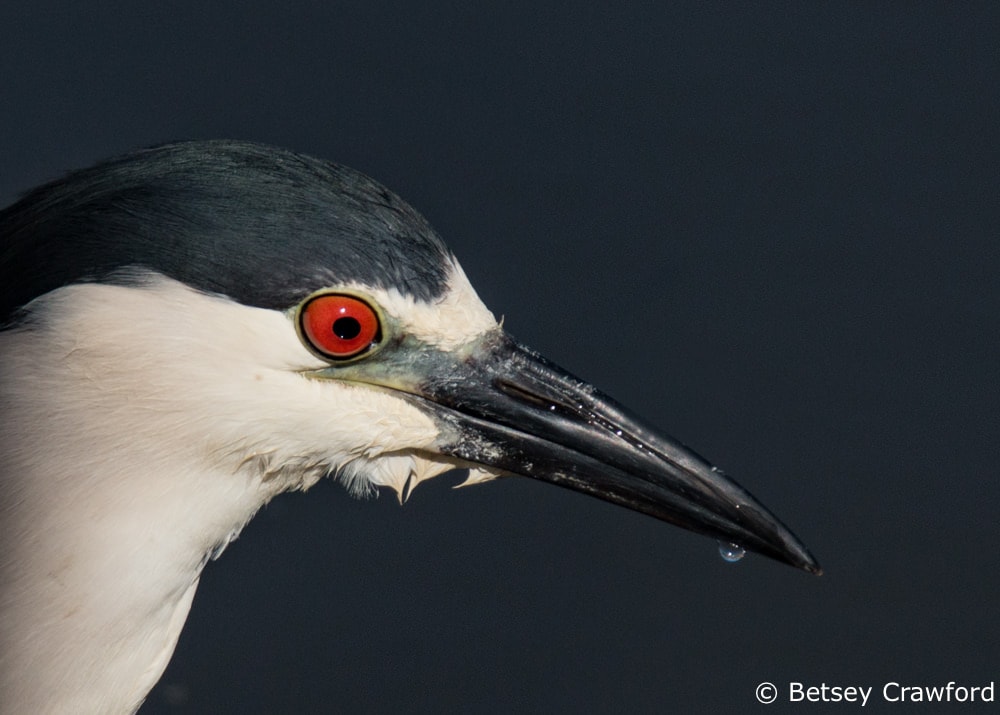
That I could enjoy living among these birds is a testament to conservation efforts. These marshes have been under assault since the gold rush and early lumbering days, which drove tons of sediment down rivers, into the bays. As with many things in our rush to control and build on top of nature, we didn’t understand the importance of wetlands.
We realized too late their role in absorbing flood waters. In providing the bottom elements of the food chain for fish. Buffering inland areas from the constant flux at the edges of large bodies of water. In the life cycle of birds.
In the nineteenth century, pioneers used to marvel at something the Native Americans had known for millennia: spring and fall skies darkened by the numbers of migrating birds. Flying from forest to forest, meadow to meadow, marsh to marsh. Millions of birds would make their way north and south along great flyways for breeding and wintering.
At the farthest ends of their range, in the Arctic and in Patagonia, for examples, wild, open spaces still abound. But along the way, their stopping places have lost ground to houses and offices, been broken up by roads and parking lots. Forests have been cut down. Marshes have been filled to make them buildable.
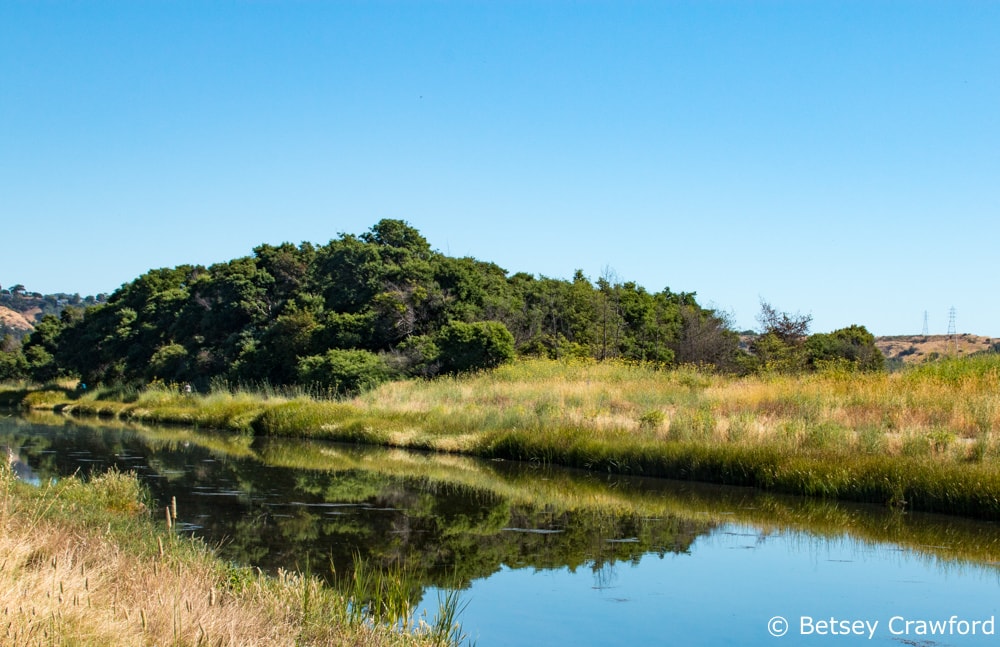
Bird populations are in decline without their familiar habitat. In the 1980s, when I first moved into my house at the eastern end of Long Island, in New York, the springtime calling and singing of birds would wake me at five AM with delightful, uproarious bedlam. By the time I left twenty-eight years later, that had ceased.
In the Corte Madera Marsh, however, the breeding population is larger than it was a century ago. Then, egrets and herons were hunted so their feathers could decorate hats. Wetlands were already being filled in for buildings. The railroad had cut through it. The restoration of my bird-filled marsh was the result of a trade made when a local shopping center was constructed. Once a dredge spoil dump for the Army Corps of Engineers, the restored pond now houses birds that have nested there historically. New ones, like stilts and the occasional tern, have also started breeding there.
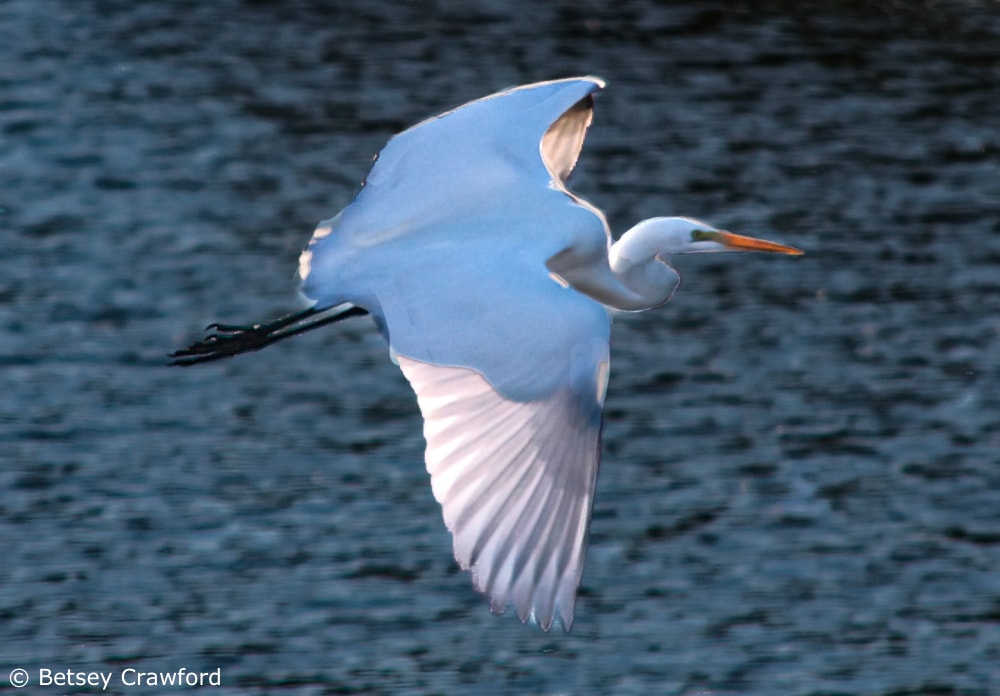
We can’t recreate the original complexity of an ecosystem millions of years in the making. Restoration is no substitute for preservation, but it has a crucial role in fostering the health of our earth and its creatures, including us. Even — perhaps especially — in the midst of urban areas, where we tend to be cut off from both the solace and importance of the natural world. When I took the picture below, Route 101 was buzzing with commuter traffic at my back. Just south of where I stood is a shopping center. At night, in the preserve across the pond, homeless people take shelter. Human life, in all its complexity, is teeming here.
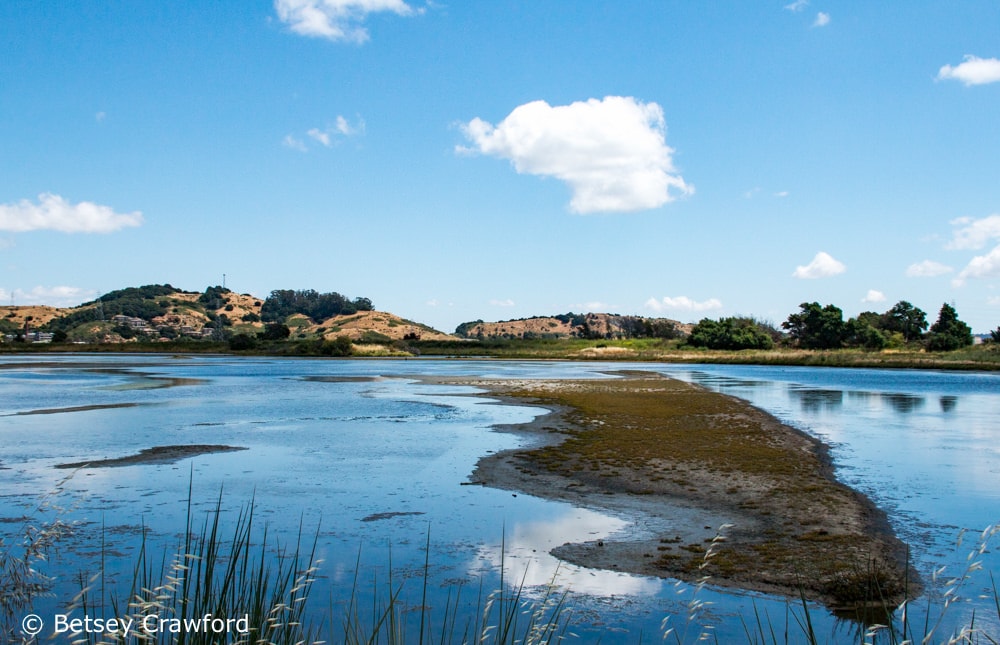
The lagoon matters. I stopped to speak to a maintenance man at the pump that lowers the water level when storms are expected. “People call and complain,” he said, “if the water stays low too long.” He was resigned, but I was delighted. It means that the people rushing by are noticing, relishing the links to the larger natural world the preserve supplies.
Beyond the immediate pleasures of blue sky reflecting in still water, birds floating and flying, the marsh and pond are fed by far vaster forces. The ebb and flow of the bay, the power of the rivers flowing into it, the cold depths of the great ocean beyond the Golden Gate Bridge. In addition to their immediate visual delight, the birds, descendants of dinosaurs, connect us to the mysteries of deep time, as do the plants on the edge of the pond, evolving through eons to clean the water, create breathable air, feed the birds. These are the wider gifts of preservation and restoration, and the rewards of the work we do to ensure them.

~ RELATED POSTS ~
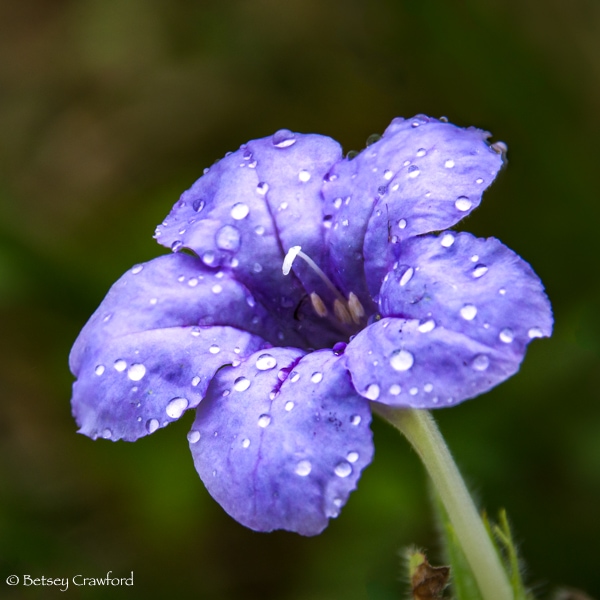
Walking grounds me on our green, breathing planet, weaving me deeply into the luminous plants I love so much. Visiting Missouri, I found a country road full of wildflowers, along with some curious cows and an adventurous baby bird.
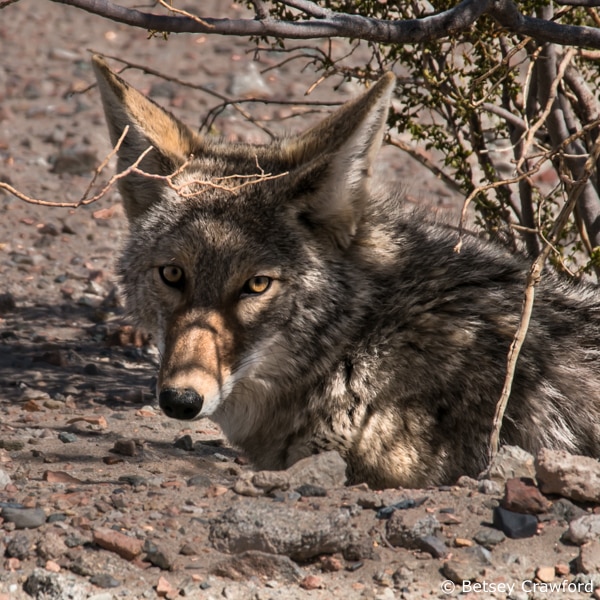
It started with a lot of mysterious lines showing up on the desert floor. Eventually, it became a meditation on walking among the profound mysteries we find everywhere we go.

Before the European fur trade, the entire North American continent was one wetland after another thanks to millions of years of landscape management by millions of beavers. We almost wiped them out. Now we’re enlisting them to help us manage water.
“a small avalanche of ducklings”… “a cascade of ducklings”… Both delightful images have buoyed my spirits these past few cool, rainy days – and they would have, too, in any weather. This is a real jewel box of bird-ness! And I love the Nana Goose… No questions asked; just doing what needs to be done.
MLAA
This bird-lover LOVES to hear about birds! Actually, I love to hear anything you write about because it’s always written so beautifully as well as near and dear to my heart — like you are, no matter how far away you may be. ????????????
Well, THANK YOU! What a great way to make someone’s day!
Beautiful entry…..thank you for this!
Thank you, Carol. Lovely to see you here.